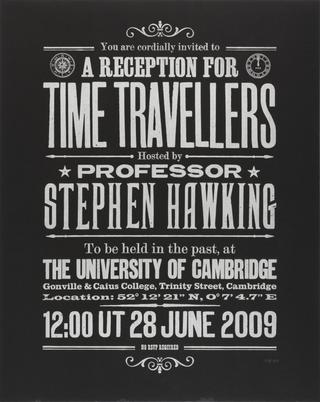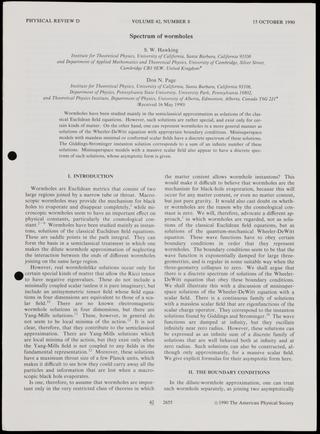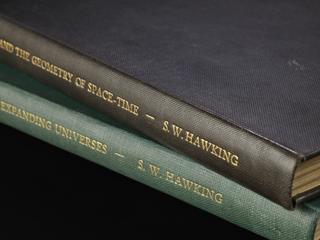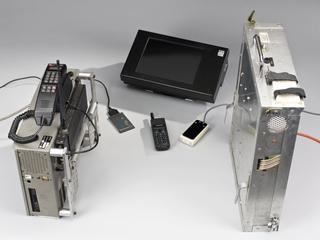
Framed present from NASA (2015) featuring photograph of Stephen Hawking during zero-gravity flight




Framed commemorative NASA montage with UK and US flags, mission patch flown to the ISS, photograph of Cambridge from space, and a photograph of Stephen Hawking during his 2007 zero-gravity flight.
This present was given during the 2015 visit to Stephen Hawking's office by the then-administrator of NASA Charles Bolden. These montages are usual gifts given by NASA representatives, and combine space imagery, items flown to space, and personalized details. In this case, the personalized details are a photograph of Cambridge taken from space, and a photograph of Stephen Hawking during his 2007 flight in one of the so-called 'vomit comet' airplanes that are used to train astronauts for weightlessness. This flight was conducted by the private company Zero Gravity Corp, and Hawking was accompanied by the entrepreneur Richard Garriott.
Among the variety of technical topics outside of Stephen Hawking's scientific expertise that make a presence in his office, the most prominent is spaceflight. Hawking was a very abstract theoretician, but his two most important scientific predictions depended heavily on astronomical observations that could only be conducted outside the Earth's atmosphere. Less than a decade after his dissertation, a NASA x-ray satellite detected the first signal strongly suspected to be a black hole. Through the 1970s and 1980s, rockets and satellites reached into space to measure and image the cosmic microwave background radiation, and continued to improve this map to compare with models of the Big Bang including those proposed by Hawking. Stephen championed space exploration as fundamental to the future of the human species and had public opinions on topics such as the Search for Extraterrestrial Intellicence. Since the 2000s, Stephen also saw the possibility of visiting outer space within his lifetime and was courted by a variety of agencies, entrepreneurs and celebrities advocating for human spaceflight.
Details
- Category:
- Stephen Hawking Office
- Collection:
- Stephen Hawking’s Office
- Object Number:
- 2021-561/454
- Materials:
- paper (fibre product), textile and plastic (unidentified)
- Measurements:
-
overall: 514 mm x 617 mm x 30 mm, 1.8 kg
- type:
- photograph and frame - furnishing
- credit:
- Accepted in lieu of Inheritance Tax by H M Government from the Estate of Stephen Hawking and allocated to the Science Museum, 2021




